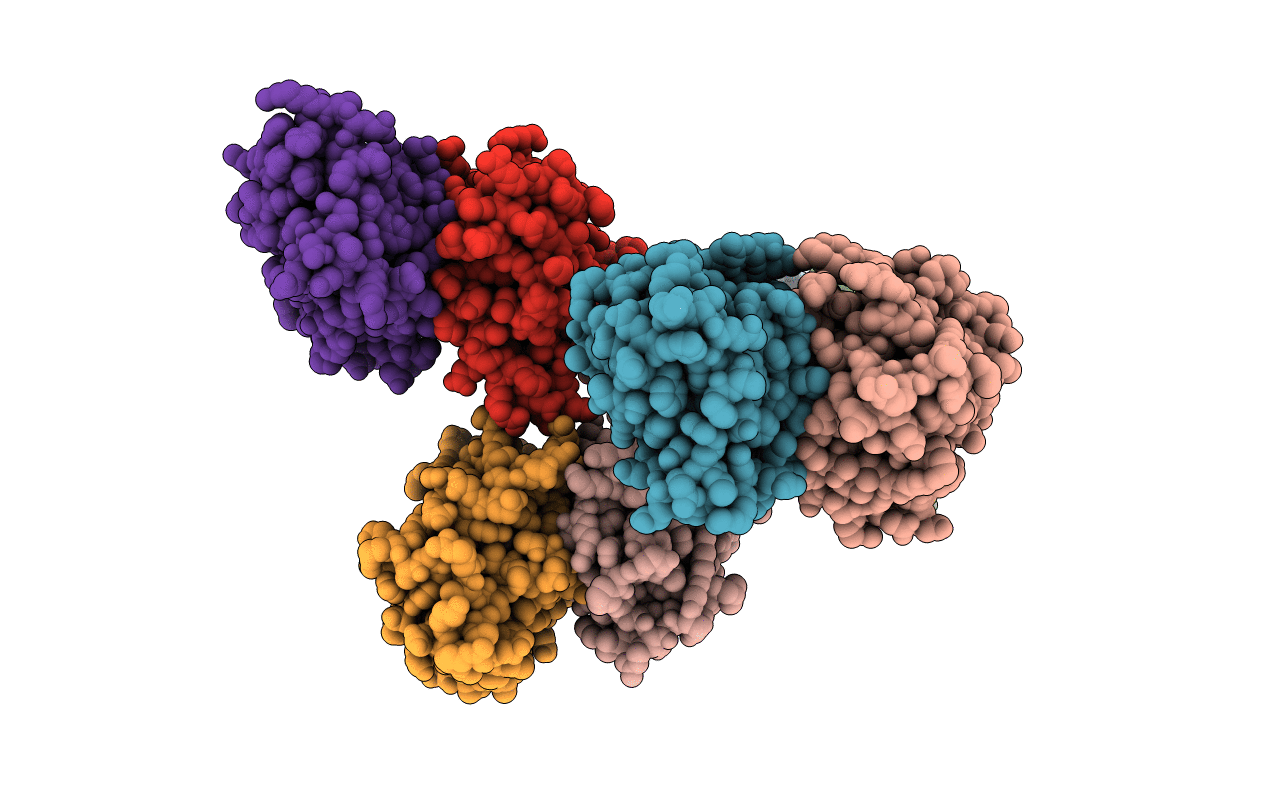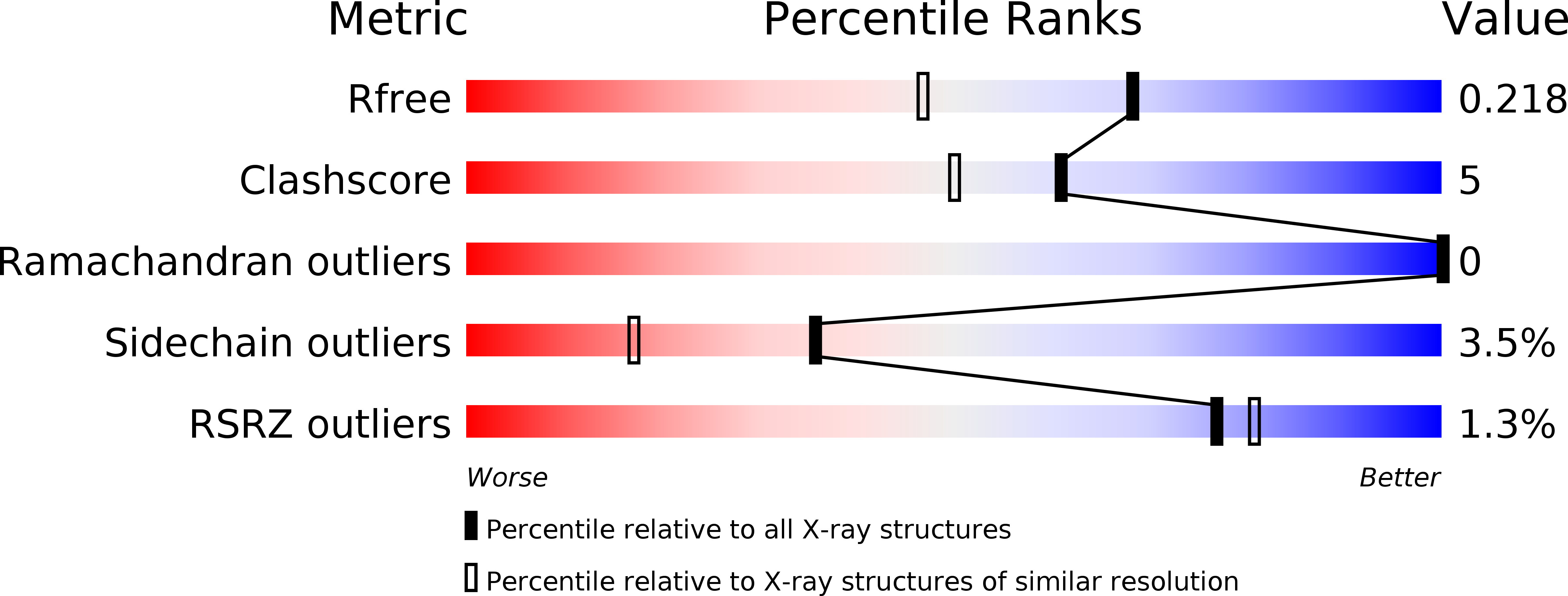
Deposition Date
2018-04-20
Release Date
2018-08-08
Last Version Date
2024-03-13
Entry Detail
PDB ID:
6D6B
Keywords:
Title:
The structure of ligand binding domain of LasR in complex with TP-1 homolog, compound 11
Biological Source:
Source Organism:
Host Organism:
Method Details:
Experimental Method:
Resolution:
1.70 Å
R-Value Free:
0.20
R-Value Work:
0.17
R-Value Observed:
0.18
Space Group:
P 1 21 1


